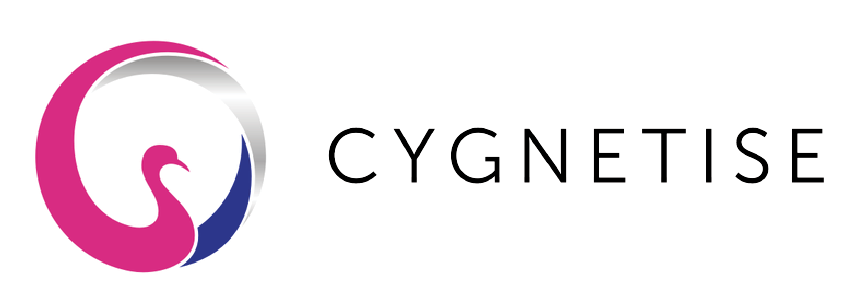Top 9 things to know about blockchain
Blockchain is the technology that everyone has been talking about and that has the potential to transform the way the world works. But what is it really? Is it secure? Who created it? All the answers are here below, in the first in a series of blogs about blockchain and its applications outside of cryptocurrencies.
1. Blockchain is a revolutionary technology
Blockchain is the digital, peer-to-peer and decentralised ledger that records all transactions. It’s a record of events/ data that is shared between many parties. More importantly, once the information is entered, it cannot be altered. The blockchain database is designed to be an append-only structure.
2. Centralised vs Decentralised database
A database is an organized collection of information or data. There are 2 ways to manage a database
A centralised database is a database that is located, stored, and maintained in a single location, which means: to get the information you have to connect to the main computer called a server and the control of the database remains with a central admin. But most importantly, to share your own data stored in such a database, you need to be granted permission by this same central admin.
A decentralised database (blockchain) doesn’t have a single location. Pieces of information are stored in different locations which are all connected to each other. Processing of the data in this type of database is distributed between different nodes. No one person controls the database and users own and control their data.
3. Blockchain is not Bitcoin
Bitcoin is a digital currency and is the first successful blockchain product. Blockchain provides the underlying technology (database), and the potential uses for blockchain are far broader than crypto currencies. They say "blockchain is to Bitcoin what the Internet is to Google".
4. Blockchain enables smart contracts and gets rid of intermediaries
A smart contract is a piece of computer code that is capable of monitoring, executing and enforcing an agreement. Smart contracts can be used for exchange of money, property, shares, or anything of value in a transparent, conflict-free way while avoiding the services of a middleman.
5. Blockchain is secure and safe
Blockchains store data using sophisticated math and innovative software rules that are extremely difficult for attackers to manipulate. It is very challenging, almost impossible, to change any transaction information once it is validated and becomes part of a block. Users on the blockchain have a perfect audit of any changes made to their data – and they can see what was changed, who changed it, when it was changed.
6. There’s a difference between public and private blockchain networks
The sole distinction between public and private blockchain is related to who is allowed to participate in the network, execute the consensus protocol and maintain the shared ledger.
A public blockchain network is completely open and anyone can join and participate in the network. The network typically has an incentivising mechanism to encourage more participants to join the network. Bitcoin is one of the largest public blockchain networks in production today. However, the openness of public blockchain implies little to no privacy for transactions and allows anyone to access the database with no checks.
A private blockchain network requires an invitation and must be validated by either the network starter or by a set of rules put in place by the network starter. Only the entities participating in a particular transaction will have knowledge and access to it — other entities will have no access to it.
7. Some of the main applications of blockchain outside of cryptocurrencies
Supply chain management, the blockchain technology offers the benefits of traceability and cost-effectiveness enabling the tracking of movement of goods, their origin, quantity etc. Think about the food and fashion industry for instance. Learn about what IBM Blockchain is doing
Authenticated Voting, blockchain can significantly reduce fraud and allows anybody to audit the vote to check time stamps and legitimacy. You can learn more about voting blockchain startups here
In healthcare, patients encrypted health information could be shared with multiple providers quickly and without the risk of privacy breaches. See more in detail here
In peer-to-peer transactions, blockchain enables fast, secure and cheap transfer of funds across the globe. Check out Ripple, it’s a great example of enterprise blockchain solution for global payments.
8. Fun fact. The creator of blockchain/ bitcoin is still unknown
Satoshi Nakamoto is the name used by the unknown person or people who developed bitcoin, authored the bitcoin white paper, and created and deployed bitcoin's original reference implementation. As part of the implementation, they also devised the first blockchain database. This documentary touches on the mystery.
9. Last but not least. We use blockchain at Cygnetise
At Cygnetise, we have built the first enterprise blockchain application. It’s a distributed ledger for managing authorised signatory lists, which is a formal register of approved personnel. By using the technology, we make the current manual, time-consuming and paper-based process, efficient and secure. We enable real-time changes and provide a full audit of those changes decreasing the risk of fraud for organisations. You can learn more about Cygnetise and blockchain here.

